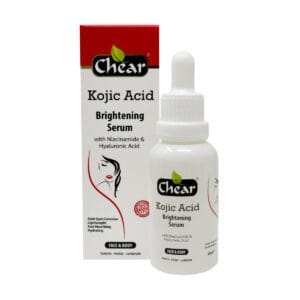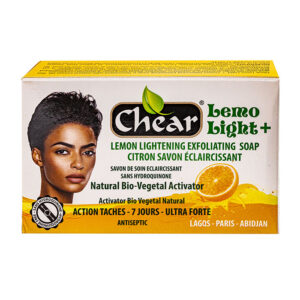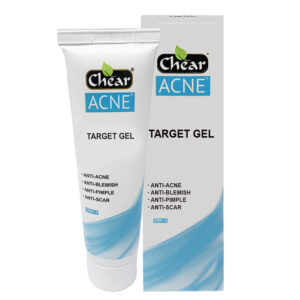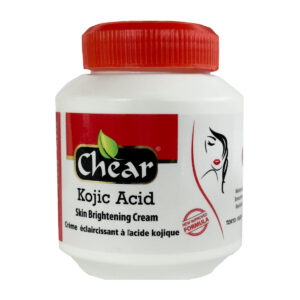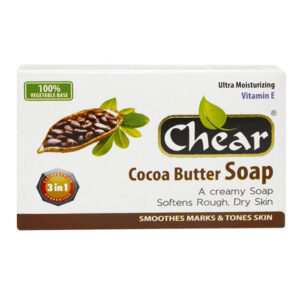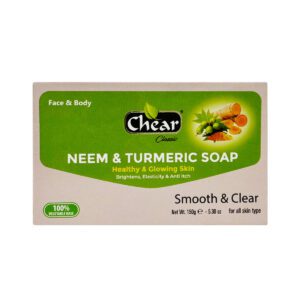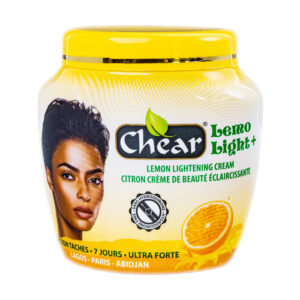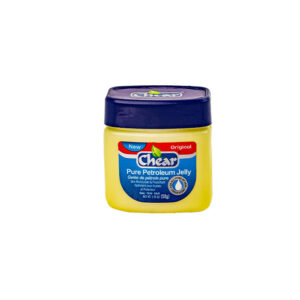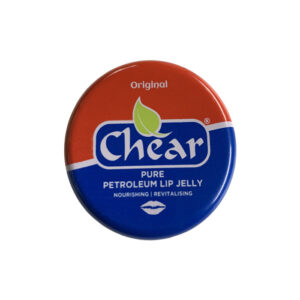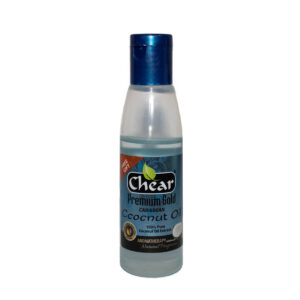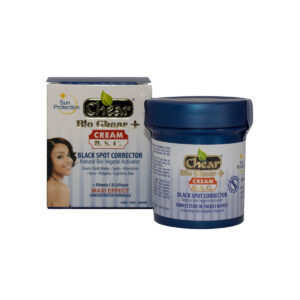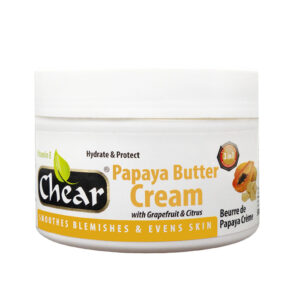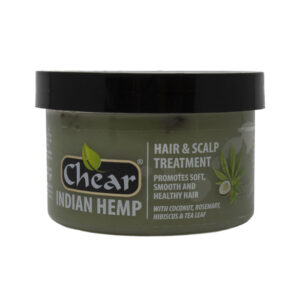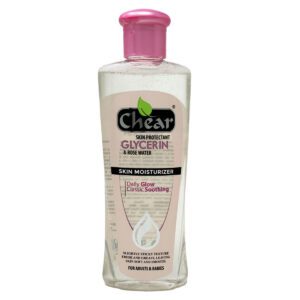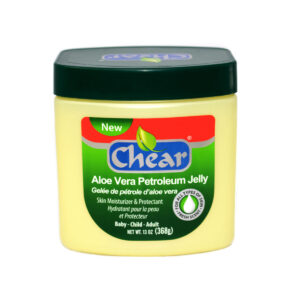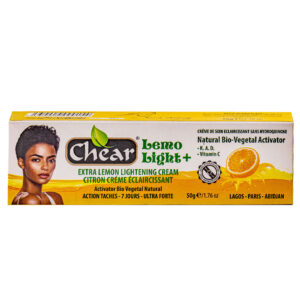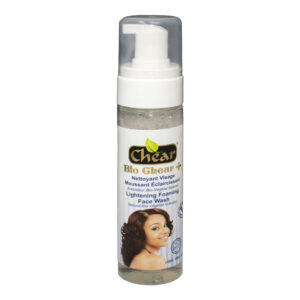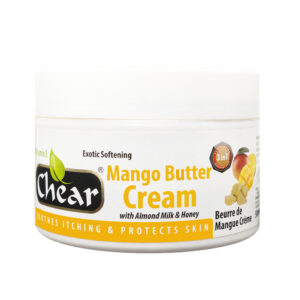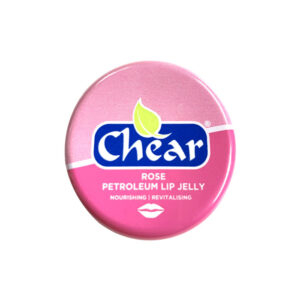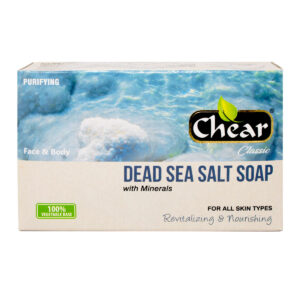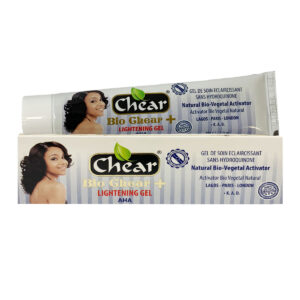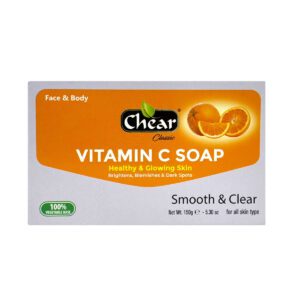- Home
- Beauty Tips
- How to Lighten Dark Skin Spots: The Power of Kojic Acid
How to Lighten Dark Skin Spots: The Power of Kojic Acid
Discover research-backed methods to lighten dark skin spots and effectively tackle hyperpigmentation. Discover how kojic acid surpasses other ingredients with a step-by-step routine that features superior skincare products for achieving brighter, more evenly toned skin.

Dark spots on the skin can be a frustrating concern for many people, affecting confidence and prompting a search for reliable solutions. Whether they’re caused by sun exposure, acne scars, or hormonal changes, these patches of hyperpigmentation often lead individuals to explore various treatments. One ingredient that has gained significant attention in recent years is kojic acid, a natural compound derived from fungi during the fermentation process of foods such as sake and soy sauce. But does it really work to lighten dark skin spots? And how does it compare to other popular skin lighteners?
In this comprehensive blog, we’ll delve into the science behind dark spots, examine the efficacy of kojic acid based on medical and scientific research, and outline a practical, step-by-step routine to help you achieve clearer, more even skin. Drawing from reputable sources such as medical journals, the NHS, and cosmetic safety reviews, we’ll provide evidence-based insights while highlighting why kojic acid-based products from Chear Beauty stand out as superior options. By the end, you’ll have a clear understanding of how to safely and effectively lighten dark skin spots.
Understanding Dark Spots and Hyperpigmentation: What Causes Them?
Before we explore treatments, it’s essential to understand what causes dark spots and hyperpigmentation. Essentially, hyperpigmentation occurs when the skin produces excess melanin, the pigment responsible for skin colour. This can result in localised dark patches, freckles, or age spots.
Firstly, sun exposure is a primary culprit. Ultraviolet (UV) rays stimulate melanocytes, the cells that produce melanin, leading to uneven pigmentation over time. Additionally, post-inflammatory hyperpigmentation (PIH) often follows acne, eczema, or injuries, where inflammation triggers an overproduction of melanin. Hormonal factors play a role too, particularly in conditions like melasma, which causes brown patches on the face, often during pregnancy or with oral contraceptive use.
Other causes include ageing, where accumulated sun damage manifests as liver spots, and certain medications or heavy metals that induce pigmentation changes. For instance, drugs like antimalarials or chemotherapy agents can lead to widespread discolouration. Conditions such as acanthosis nigricans, often associated with obesity or insulin resistance, are also present, characterised by darkened skin folds.
However, not all hyperpigmentation is the same. Melasma, for example, is stubborn and often requires targeted treatments, while post-inflammatory hyperpigmentation from acne might fade more readily with proper care. Recognising the root cause is crucial, as it influences the most effective approach to lighten dark skin spots. If you’re unsure, consulting a dermatologist via the NHS can provide personalised advice.
The Science Behind Kojic Acid: How It Works to Lighten Dark Skin Spots
Kojic acid stands out as a potent tyrosinase inhibitor, a key enzyme in the synthesis of melanin. By blocking tyrosinase, it reduces melanin production, helping to fade existing dark spots and prevent new ones from forming. This mechanism makes it particularly effective for hyperpigmentary disorders.
Moreover, kojic acid offers additional benefits, including antimicrobial properties that can help alleviate acne-related pigmentation and antioxidant effects that protect against free radical damage. Unlike some harsher agents, it’s derived naturally, appealing to those seeking gentler alternatives.
Research from scientific journals highlights its role in suppressing hyperpigmentation, particularly when combined with other ingredients such as glycolic acid or niacinamide. For example, studies have shown that it improves skin texture, radiance, and even tone by targeting melanin at its source.
Does Kojic Acid Really Lighten Dark Spots and Hyperpigmentation? Evidence from Research
The short answer is yes, kojic acid has demonstrated efficacy in lightening dark spots and hyperpigmentation across various studies. A review published in the Cosmetics journal notes its success in treating freckles, age spots, PIH, and melasma. In clinical trials, formulations containing kojic acid, tranexamic acid, and niacinamide have been shown to significantly reduce the severity of PIH, hyperpigmentation, and melasma.
Furthermore, a split-face study involving 39 participants found kojic acid effective in reducing hyperpigmentation, with concentrations up to 2% showing positive results. Another evaluation combining kojic acid with emblica extract and glycolic acid improved the intensity of dark spots and overall skin clarity.
Experts in Indian dermatology settings often prefer kojic acid combinations for treating melasma, citing their safety and effectiveness. Even in acne contexts, it reduces post-breakout hyperpigmentation without clearing pimples alone. A study published in the Journal of Cosmetic Dermatology supports its potential in addressing pigmentation issues.
While results vary by skin type and consistency, evidence from PubMed and other journals confirms kojic acid’s role in helping to lighten dark skin spots.
Comparing Kojic Acid to Other Skin Lighteners: Why It’s Superior
When it comes to skin lighteners, kojic acid is often compared to hydroquinone, vitamin C, and other ingredients. Hydroquinone, a gold standard, works faster in some cases. One study showed that 4% hydroquinone outperformed 0.75% kojic acid in terms of speed. However, hydroquinone carries risks, such as ochronosis (permanent discolouration), and is banned in some countries for over-the-counter use due to safety concerns.
In contrast, kojic acid is generally safer, with fewer severe side effects, making it a preferred alternative. Studies show comparable efficacy when combined with other agents, and it’s less irritating for sensitive skin.
Vitamin C, another brightener, boosts collagen and fights oxidation but is less potent against stubborn pigmentation. A comparative trial found a vitamin C and kojic acid blend superior to 2% hydroquinone for improving tone. Kojic acid’s targeted inhibition of melanin gives it an edge over vitamin C alone, although combining them enhances the results.
Overall, kojic acid offers a balanced profile: effective, natural, and safer than hydroquinone, while more specialised than vitamin C for hyperpigmentation.
A Step-by-Step Routine to Lighten Dark Skin Spots with Kojic Acid
To maximise results, consistency is key. Here’s a research-backed routine incorporating kojic acid products, emphasising gentle cleansing, targeted treatment, moisturisation, and sun protection. Always patch-test new products.
Step 1: Cleanse the Skin Thoroughly
Begin with a gentle cleanser to gently remove dirt, oil, and makeup without stripping the skin’s natural barrier. This prepares the skin for better absorption of active ingredients. Research emphasises cleansing as a foundation for any lightning routine to avoid irritation.
For superior results, try Chear Beauty’s Kojic Acid Skin Soap or Body Wash. These products gently exfoliate while infusing kojic acid to help fade dark spots from the very first step. Available at https://chearbeauty.com/product/kojic-acid-skin-whitening/ or browse the full range at https://chearbeauty.com/product-category/kojic-acid-skincare-lightening/. Users report noticeable brightening due to the high-quality formulation, outperforming generic soaps by targeting pigmentation early.
Step 2: Treat the Area with a Targeted Serum
Next, apply a serum concentrated with kojic acid to address hyperpigmentation directly. Serums penetrate deeper, delivering actives efficiently.
Chear Beauty’s Kojic Skin Lightening Serum is an excellent choice, blending kojic acid with hydrating elements for even application. Find it at https://chearbeauty.com/product/kojic-skin-lightening-serum-30ml/. This serum stands out for its potency, often yielding faster results than competitors, as it combines science-backed ingredients without harsh fillers.
Step 3: Add a Lotion or Cream for Intensive Care
Follow with a richer moisturiser to lock in the serum and provide sustained lightening. Creams offer barrier protection while kojic acid works overnight.
Opt for Chear Beauty’s Kojic Skin Whitening Body Lotion or Kojic Acid Skin Lightening Cream. The lotion, at https://chearbeauty.com/product/kojic-skin-whitening-body-lotion/, is ideal for body use, while the cream, at https://chearbeauty.com/product/kojic-acid-skin-lightening-cream/, can be used on the face or targeted areas. These outperform by fading of dark spots without greasiness.
Step 4: Protect Your Skin with SPF
Finally, apply broad-spectrum sunscreen daily. Kojic acid increases sun sensitivity, so SPF prevents re-pigmentation. Experts recommend SPF 30 or higher when exposed to natural light, as UV rays exacerbate dark spots. Reapply every two hours outdoors. This step is non-negotiable for lasting results.
Why Chear Beauty’s Kojic Acid Products Are Superior
Chear Beauty products excel due to their high-purity kojic acid formulations, free from unnecessary additives that dilute efficacy—the product design and development pprioritiseskin health, offering solutions for ddiscolouration-prone skin
Conclusion: Achieve Brighter Skin with Confidence
Lightening dark skin spots is achievable with kojic acid’s proven power against hyperpigmentation. By understanding causes, following a structured routine, and choosing quality products like those from Chear Beauty, you can enjoy even-toned skin. Remember, patience and sun protection are vital. If results are slow, professional guidance ensures safety and accuracy.
References
- NHS on Vitiligo and Hyperpigmentation: https://www.nhs.uk/conditions/vitiligo/
- NHS on Acanthosis Nigricans: https://www.nhs.uk/conditions/acanthosis-nigricans/
- PubMed Studies on Hyperpigmentation: https://pubmed.ncbi.nlm.nih.gov/
- EWG’s Skin Deep Database: https://www.ewg.org/skindeep/

Chear Beauty @ Sonik Products Ltd | Company No: 3184821
Chear Beauty @ Sonik Products Ltd, Block C, Woodside End, Wembley Alperton, Middlesex HA0 1UR

